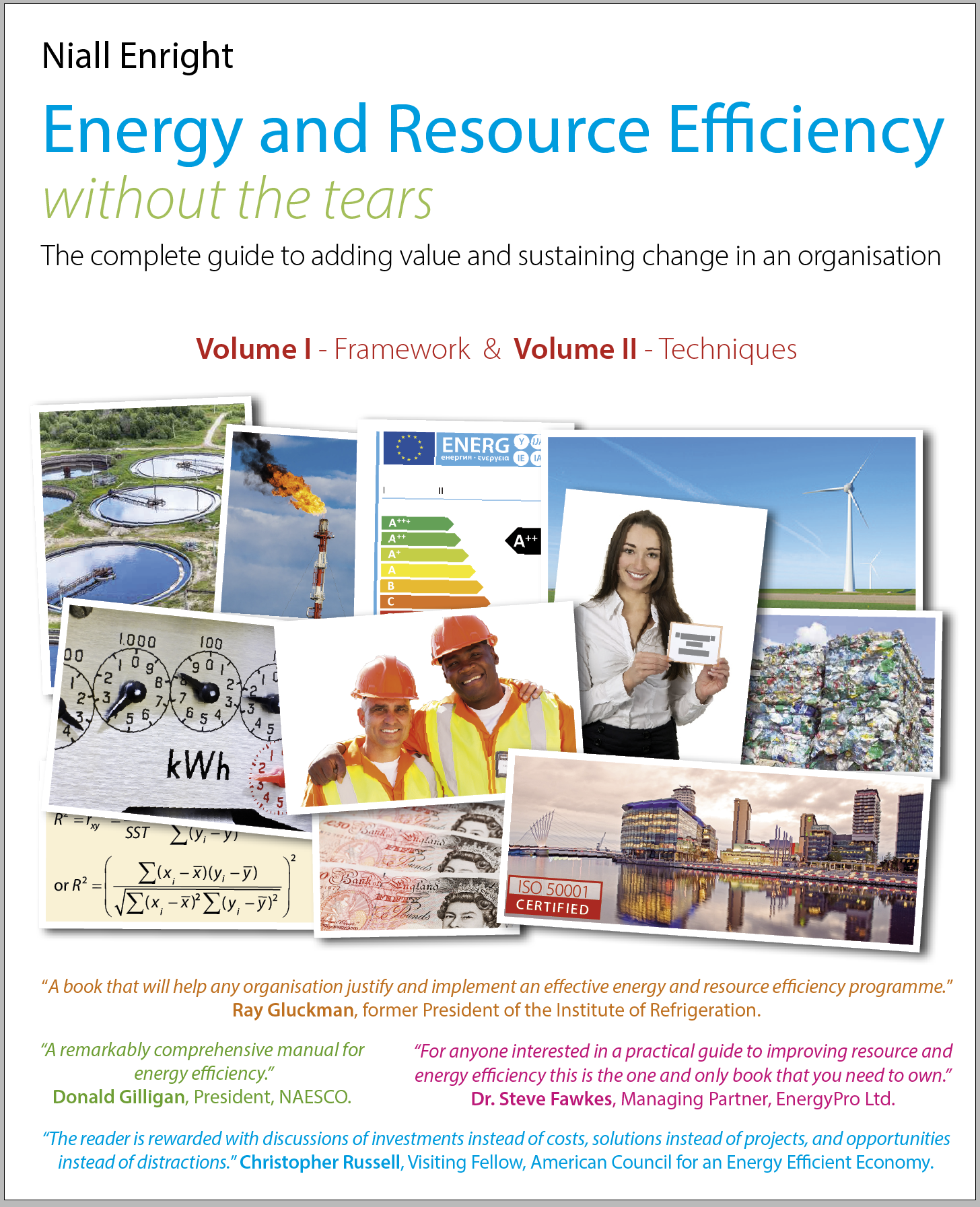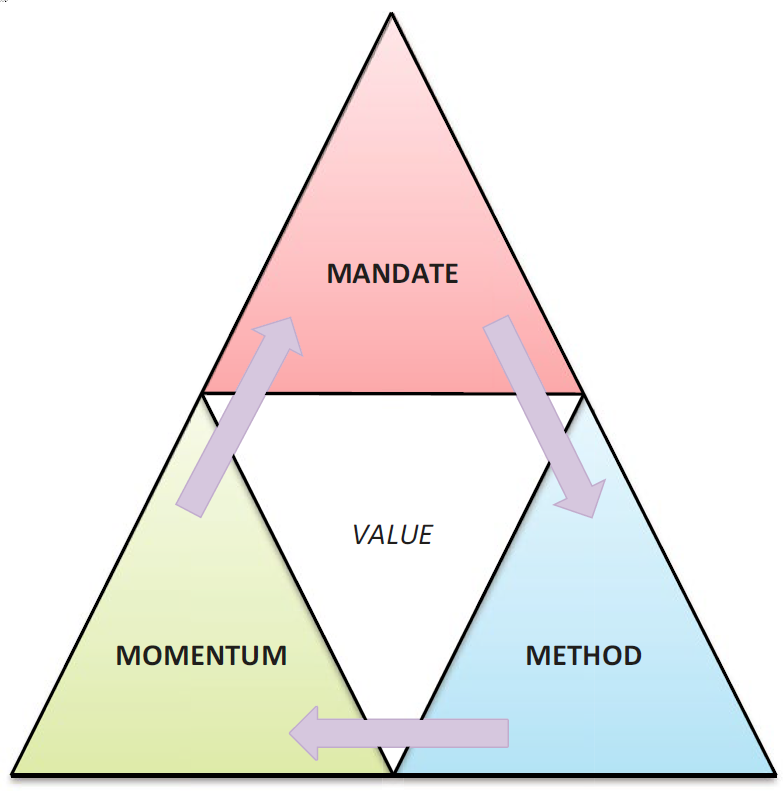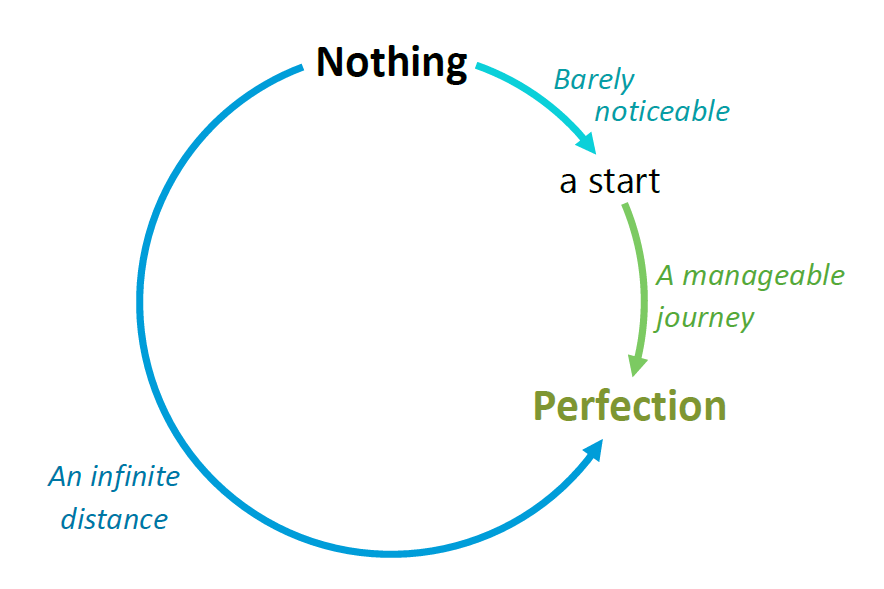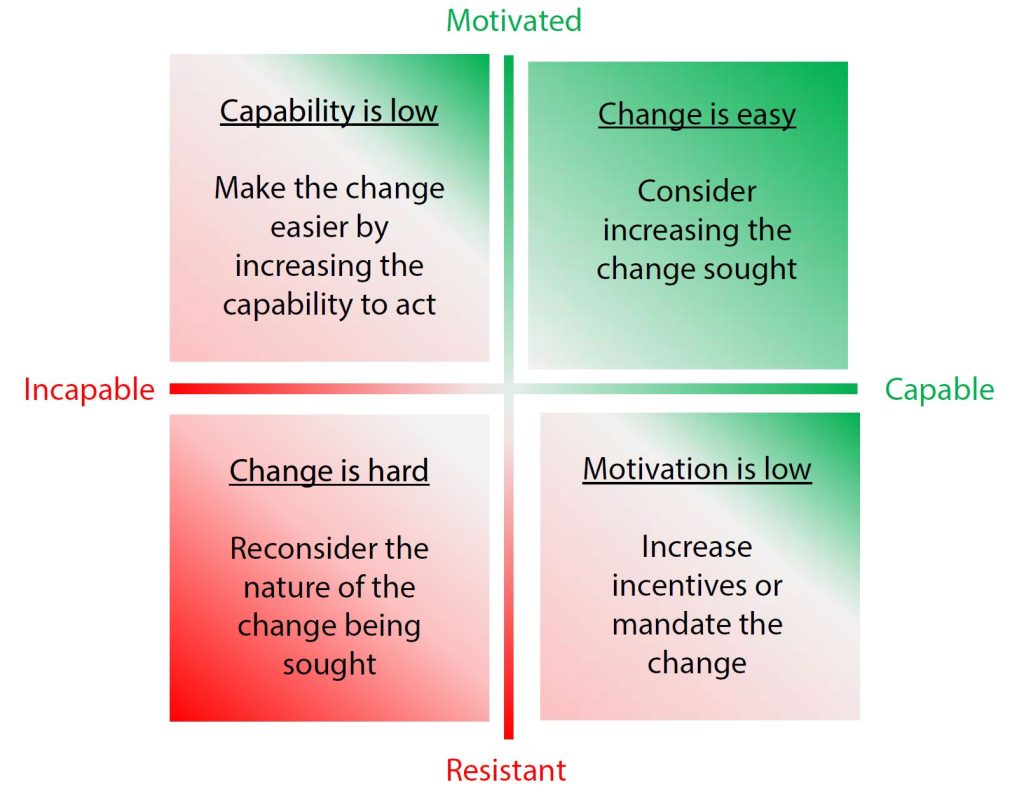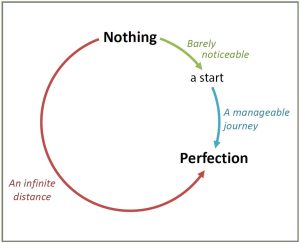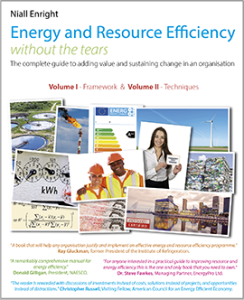In the week where the IPCC has issued its Sixth Assessment Report (AR6) which contains its starkest warning yet[1] about the risks from climate change and the urgency for action, I find myself thinking back to recent job application I was unsuccessful at.
I should point out that I am not really looking for a full-time role at this point. However, the job in question was for Director of the Manchester Climate Change Agency which has intrigued me ever since it was advertised at the back end of last year.
With the re-advertisement of the role, I thought a lot about how one might facilitate a process of decarbonization at a city-wide level and I did some background research on the Agency. In particular, I very much agreed with the Agency’s partnership approach, rather than a top-down or command-and-control style. So I threw my hat into the ring for the job. I should point out that I did have also some very considerable misgivings, which I intended to raise in the interview process, if I ever got that far.
read more…
